Abstract
In Finland, vegetable production has shown steady growth in recent years, with cucumbers leading the way in 2022, reaching 57,000 tons. Traditionally, potatoes and carrots have dominated the market, but the rise in cucumber production reflects a shift towards more greenhouse cultivation. Yield per hectare has improved with advanced agricultural technologies, especially for greenhouse crops like tomatoes and cucumbers. Land use for vegetables has expanded, particularly in greenhouses, while tomato production is increasingly used for fresh consumption, reflecting changing consumer preferences for fresh over processed products.
Production (by vegetables)
Finland’s vegetable production has evolved significantly from 1961 to 2022, with cucumbers reaching their peak production of 60,000 tons in 2021. As of 2022, cucumber production is at 94.9% of this peak, showing a steady and consistent output. Over the decades, greenhouse cultivation has played a crucial role in increasing cucumber yields. While traditional crops like potatoes and carrots remain important, the trend towards more intensive greenhouse farming has led to higher productivity. This shift reflects both technological advancements and changing consumer preferences for fresh vegetables.
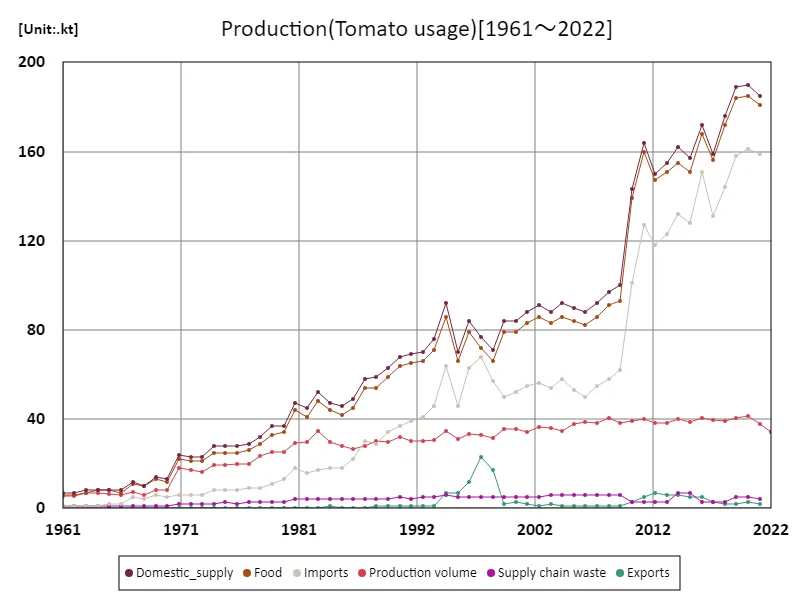

The maximum is 190kt[2020] of Domestic_supply, and the current value is about 97.4%
Yield(by vegetable)
Finland’s vegetable production has seen notable shifts from 1961 to 2022, with tomatoes reaching their highest recorded yield of 449 tons per hectare in 2019. As of 2022, production is at 84.2% of this peak, indicating a slight decline from the record high. The rise in tomato yields reflects advancements in greenhouse technology and improved cultivation practices. While tomatoes remain a key crop, the trend shows a balance between increasing yields and the challenges posed by climate conditions. Finland’s focus on efficient greenhouse production has significantly boosted overall vegetable output in recent decades.
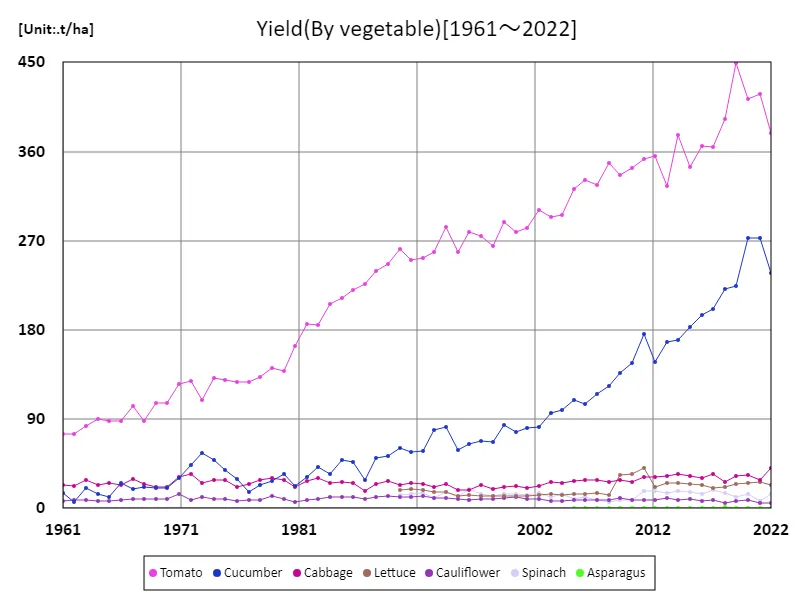

The maximum is 449t/ha[2019] of Tomato, and the current value is about 84.2%
Land use (by vegetables)
In Finland’s vegetable production, land use has shown a focus on efficient cultivation, with cabbage occupying the largest area at 700 hectares in 2022. The average land area for vegetables is 310 hectares, contributing to a total of 2.17 thousand hectares for all vegetables. Cabbage’s dominance reflects its stable demand and suitability for Finland’s climate. Over time, land use has shifted toward more intensive farming for high-yield crops, particularly in greenhouses, while maintaining a balance between crop diversity and land efficiency. The trend highlights the importance of optimizing land use for both productivity and sustainability.
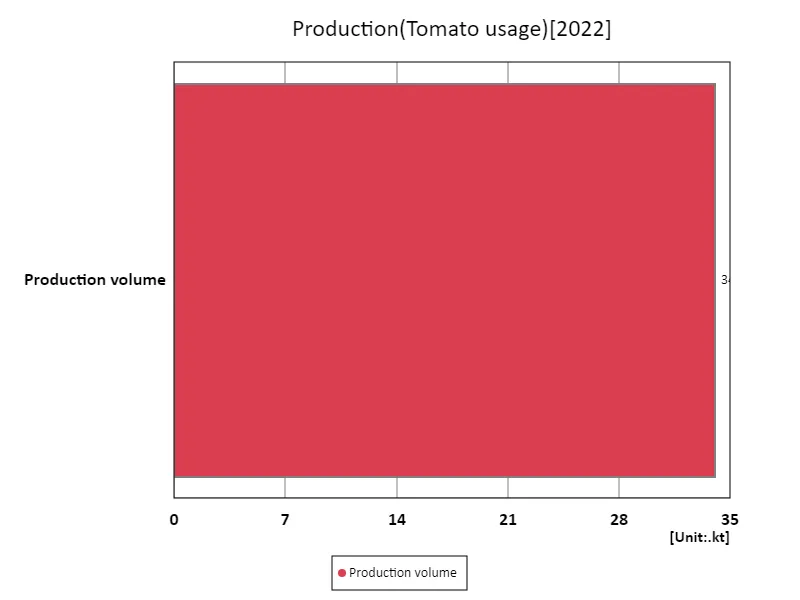

The maximum is 34.1kt of Production volume, the average is 34.1kt, and the total is 34.1kt
Tomato usage
In Finland, tomato production has evolved significantly since 1961, with the highest recorded domestic supply reaching 190,000 tons, which remains the current peak. Over the years, greenhouse cultivation has become central to meeting domestic demand, contributing to a steady supply of fresh tomatoes. The trend highlights a shift towards more locally grown produce, reducing reliance on imports. As consumer preferences for fresh tomatoes have increased, the Finnish tomato industry has focused on improving yield efficiency and quality, while maintaining a stable domestic supply throughout the year.
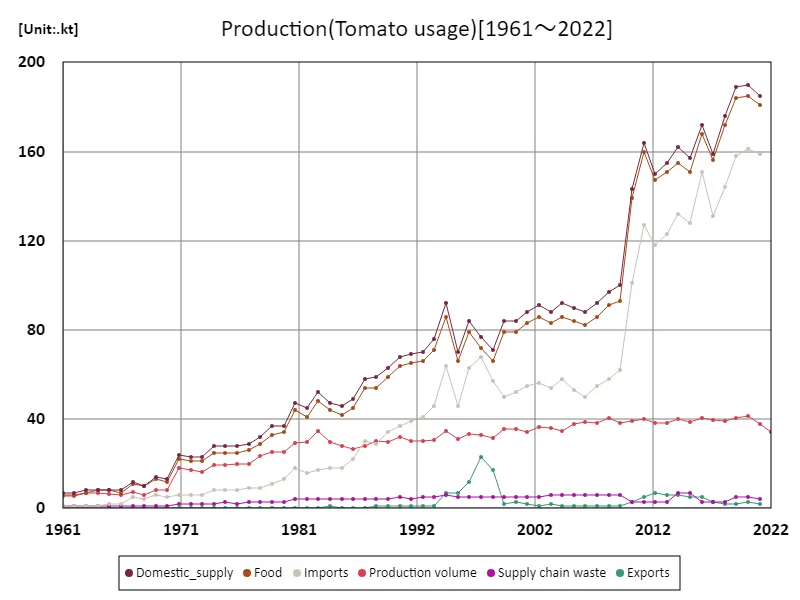

The maximum is 190kt[2020] of Domestic_supply, and the current value is about 97.4%
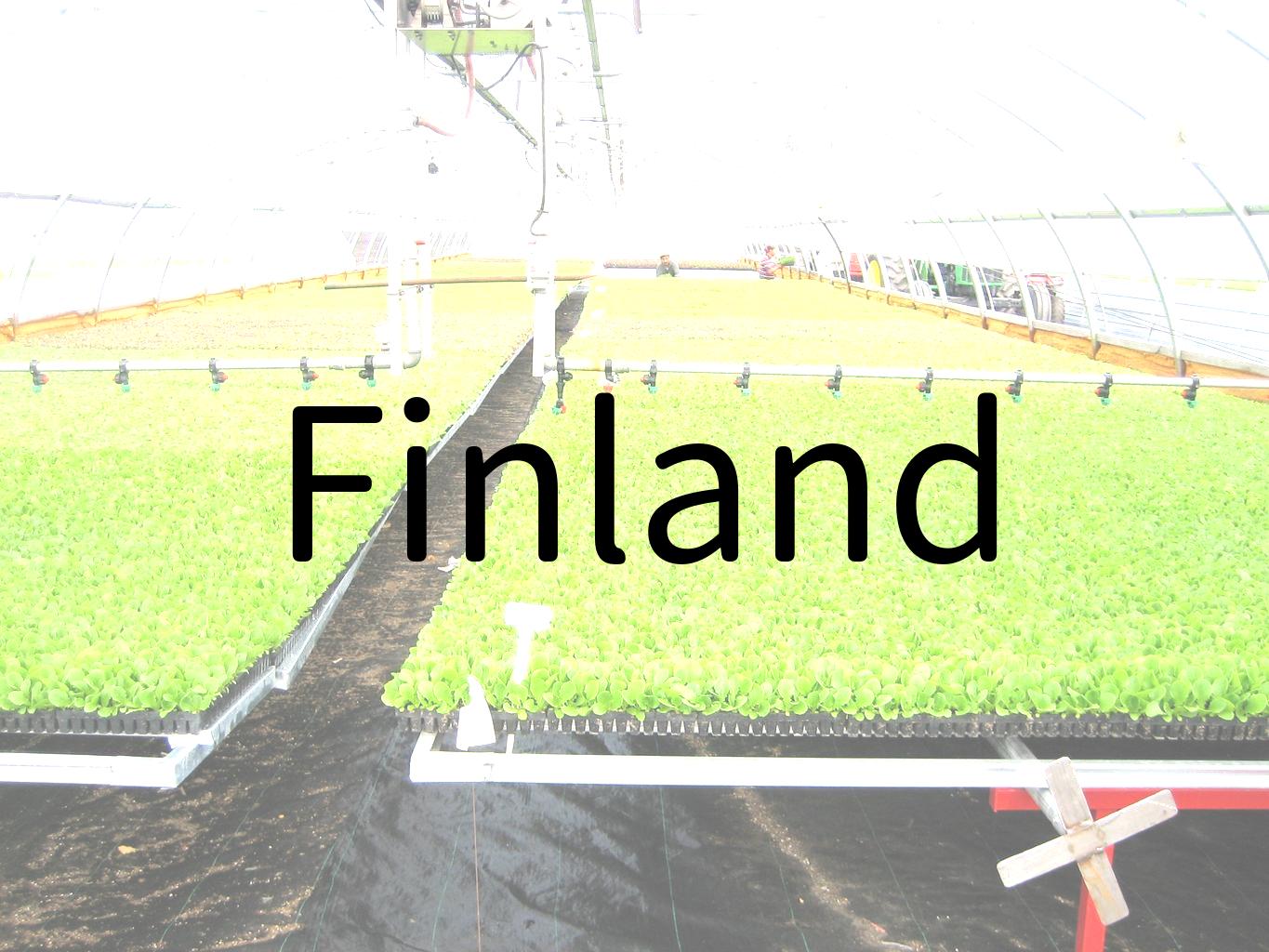


Comments